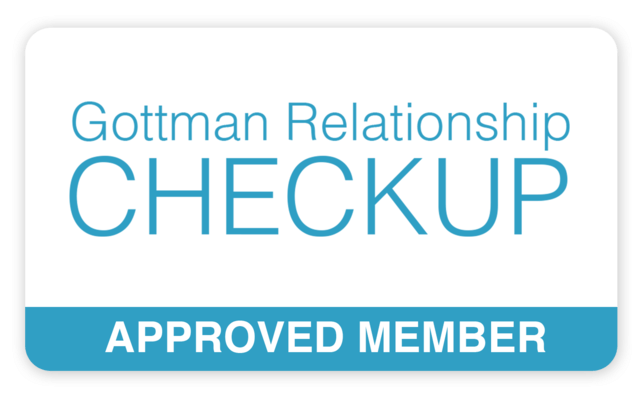Do you find yourself skipping family gatherings you once attended or dodging phone calls from an old friend?
When a particularly troubling thought crosses your mind, do you refuse to acknowledge it?
Does it sometimes seem as if your surface emotion doesn’t correlate to the situation at hand?
Avoidance behaviors are actions one takes to circumvent painful thoughts and emotions. While these actions are often an instinctive way of surviving hardships, in the long run, avoidance can prove detrimental to your heart, relationships, and quality of life.
Take a moment to examine the five key avoidance behaviors listed below to see if any one resonates with you:
- Situational avoidance can be easier to spot than other behaviors. Often rooted in anxiety or as a reaction to previous bad experiences, this occurs when an individual steers clear of specific locations, social arenas, or particular people. This might look like canceling plans last minute, qualifying unnecessary details before agreeing to attend an event, or leaving the room when a certain coworker enters.
- Cognitive avoidance is challenging to recognize unless you monitor your thought life carefully. If a thought arises that you instinctively quash and replace with other tasks or if you struggle to dig up repressed memories from a particular time, this may be cognitive avoidance at work.
- Protective avoidance can present itself within the habits of perfectionism, obsessive-compulsive behaviors, and even procrastination. An excessive focus on what are ultimately insignificant details suggests a desire to maintain control over emotions and problems that feel overwhelming.
- Conversational avoidance is found in social situations within uncomfortable discussions. If you have a pattern of shifting the dialogue whenever a particular subject or person is brought up, it’s possible this is not accidental but rather an evasion maneuver.
- Substitutional avoidance occurs when someone replaces one difficult emotion with another more tolerable one. For instance, the grief over loss or rejection may be exchanged with an emotion that feels safer, such as anger. If your emotional reaction does not match the situation at hand, this could be a sign of avoidance.
If you can relate to one or more of the examples above, you may have gotten into an avoidance rut. This rut can be a vicious cycle, as avoidance increases anxiety, sidesteps issues rather than resolving them, causes frustration when others are affected, and often allows the problem at hand to fester and grow.
Thankfully, recognizing this pattern of behavior might just be the necessary catalyst for a healthy change to be made!
With research, practice, and perhaps the help of a trusted friend or professional, you can swap out the avoidance tactics with well-formulated strategies to confront difficulty head-on. This might consist of:
- Slowing down to consider your resources and options available to make a cohesive plan.
- Discovering stress relieving tools, so you can think more clearly in moments of anxiety.
- Utilizing coping mechanisms that empower you to process overwhelming emotions.
- Developing communication skills to become more assertive.
Stop avoiding the problems you were meant to overcome. Taking small steps to replace harmful habits with productive strategies can retrain your mind to confront emotional challenges with confidence and victory!




Nice one I like ❤️